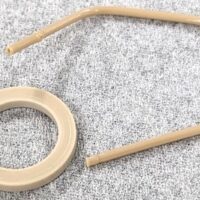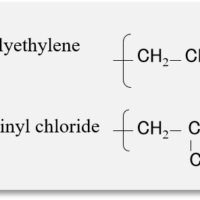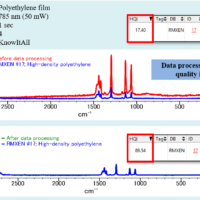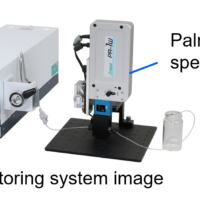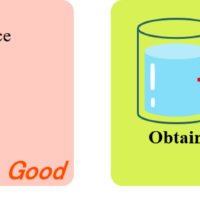The following are points to note when performing single beam measurements.
1. Baseline (blank) measurement
In a single-beam measurement, in order to compensate for the fluctuation of the light source and perform an accurate measurement, it is necessary to measure the baseline before each sample measurement. Repeat the cycle of cell washing, blank measurement, and sample measurement as shown in Fig. 23.
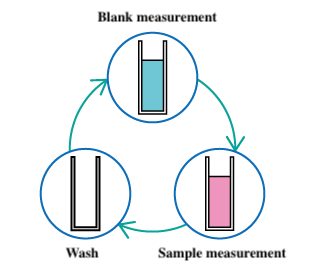 Fig. 23 Single-beam measurement procedure
Fig. 23 Single-beam measurement procedure
2. Warm up
In a single-beam spectrophotometer, the baseline fluctuates significantly immediately after the power is turned on. It is necessary to allow sufficient warm-up time until the heat from the light source spreads uniformly throughout the apparatus.
3. Time-course measurements
A single-beam spectrophotometer is not suitable for measuring changes in absorbance with time and temperature.
4. Fixed-wavelength measurement
The fixed wavelength measurement mode is available with any spectrophotometer and is a simple process. However, it is difficult to notice unexpected artifacts such as baseline floatation, changes in absorbance due to solvents, and changes in absorbance due to impurities. If you think something is wrong, check the spectrum (Fig. 24).
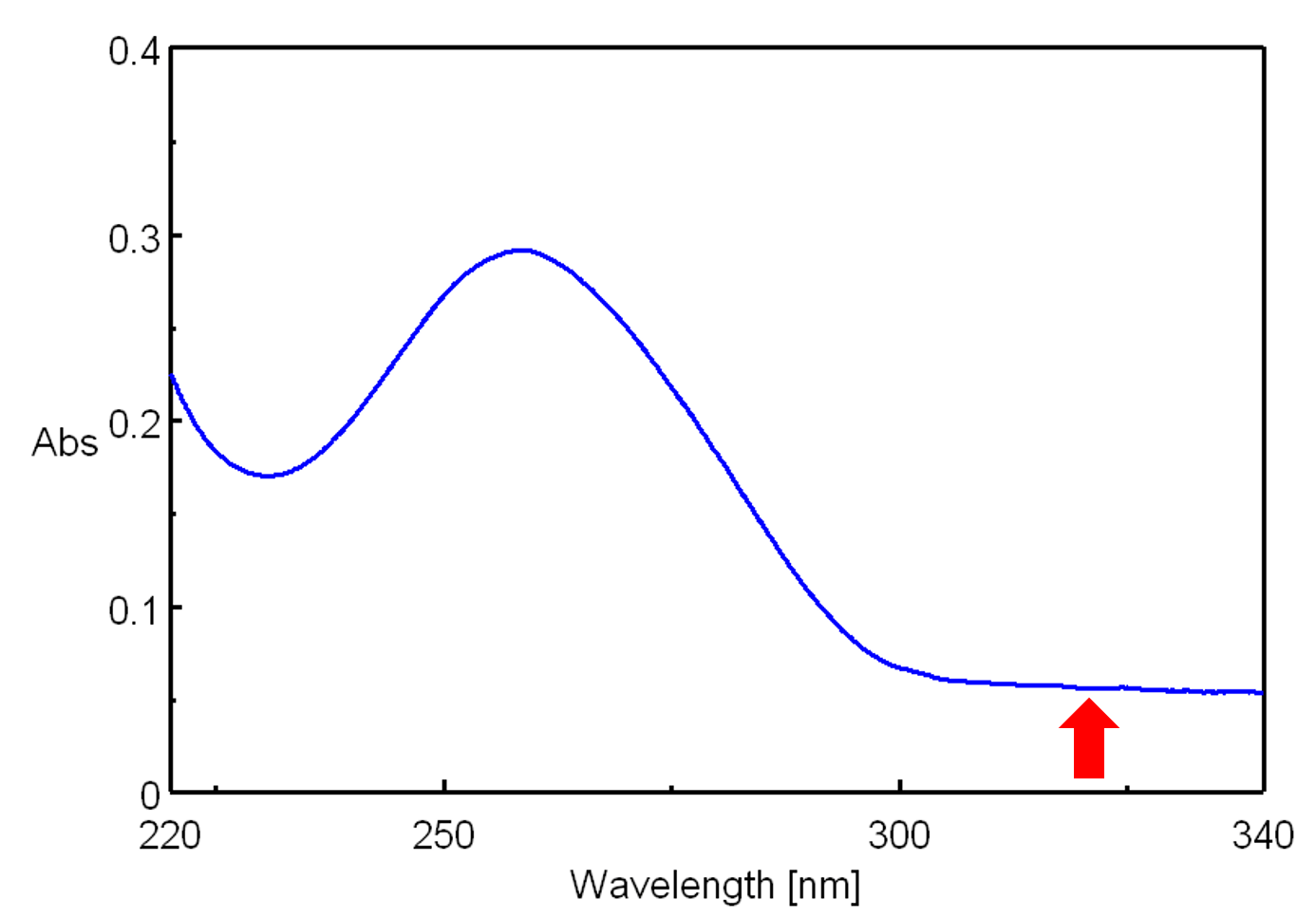 Fig. 24 Baseline "floatation" during measurement of turbid sample
Fig. 24 Baseline "floatation" during measurement of turbid sample

